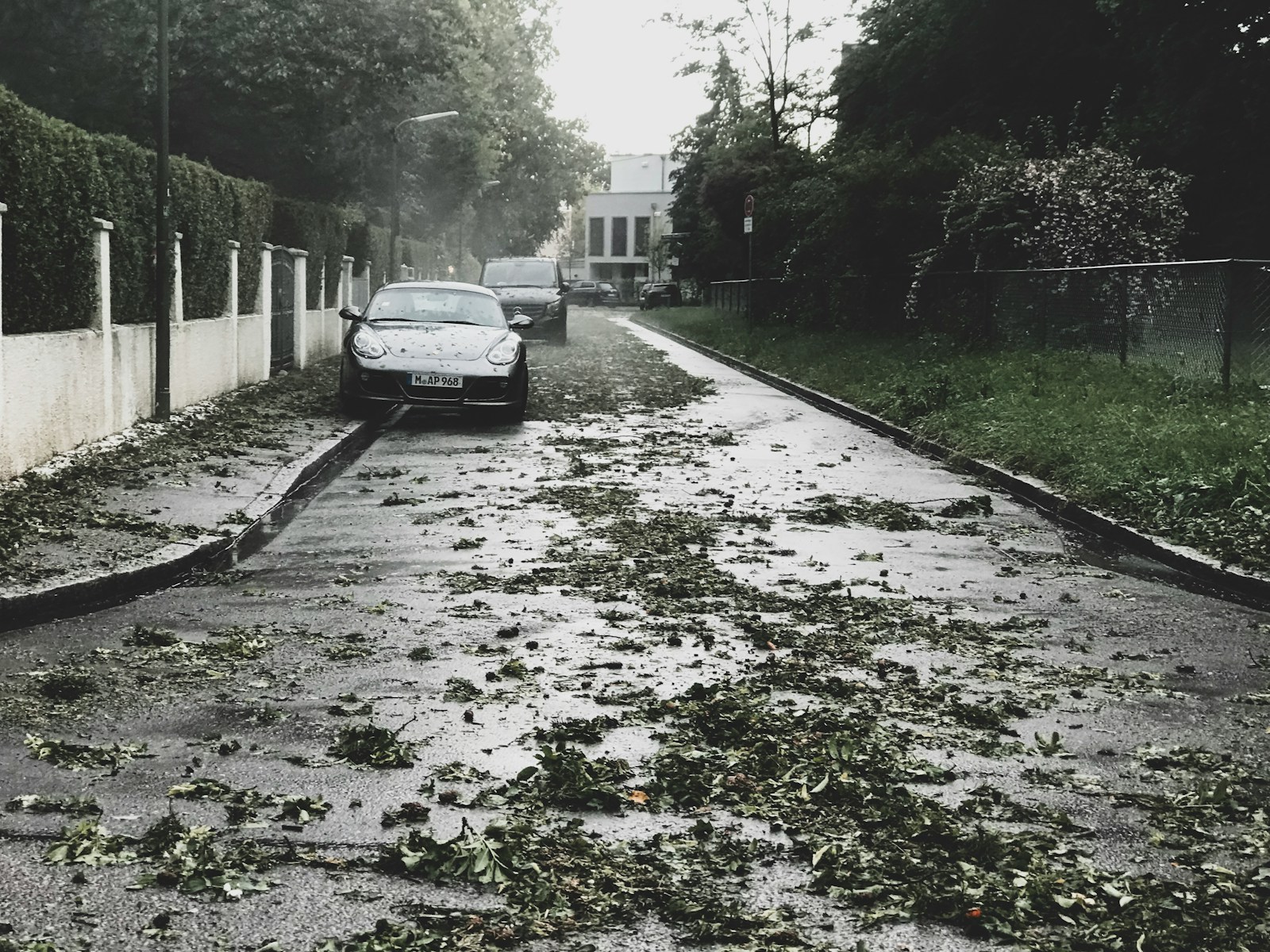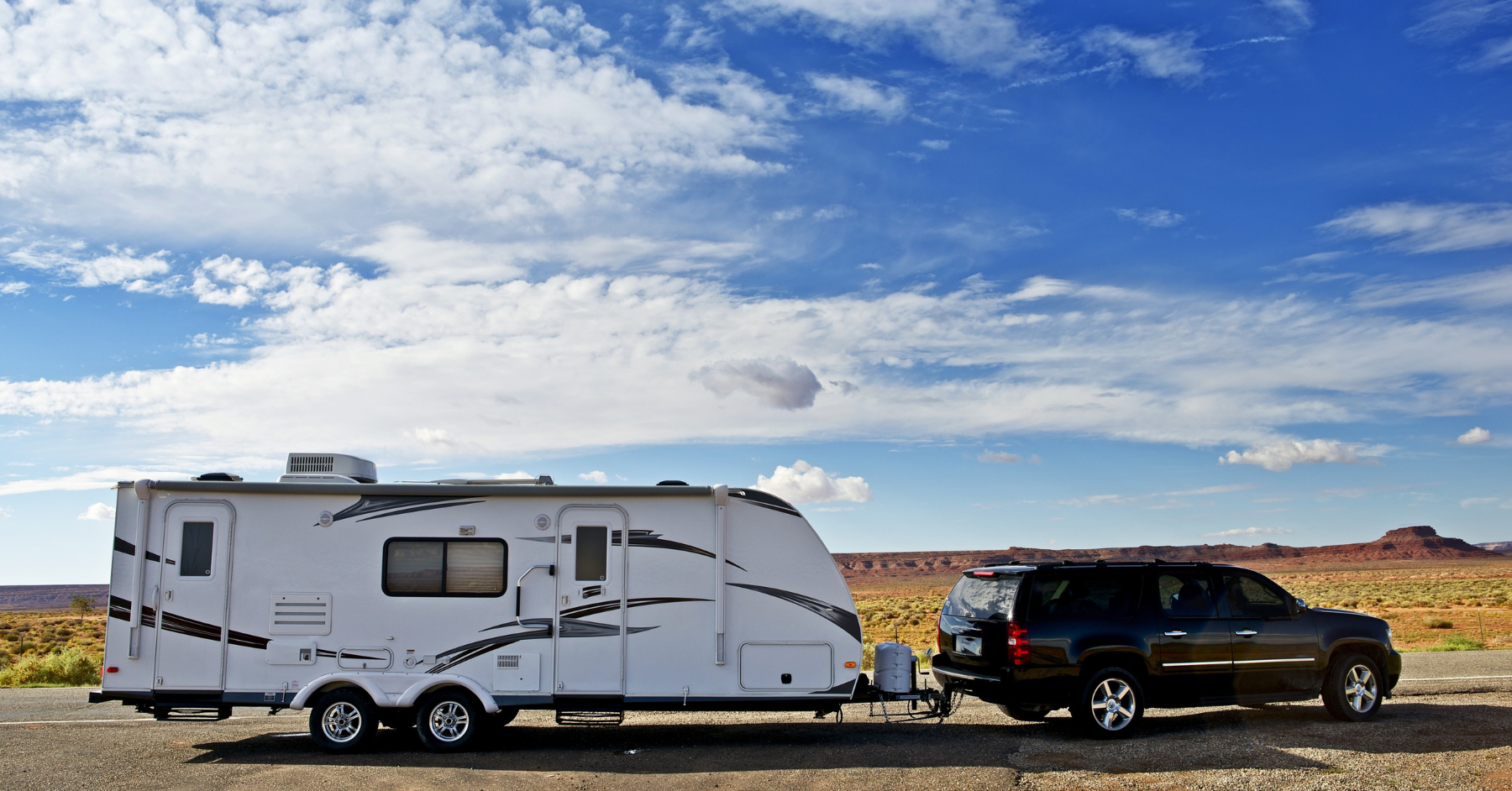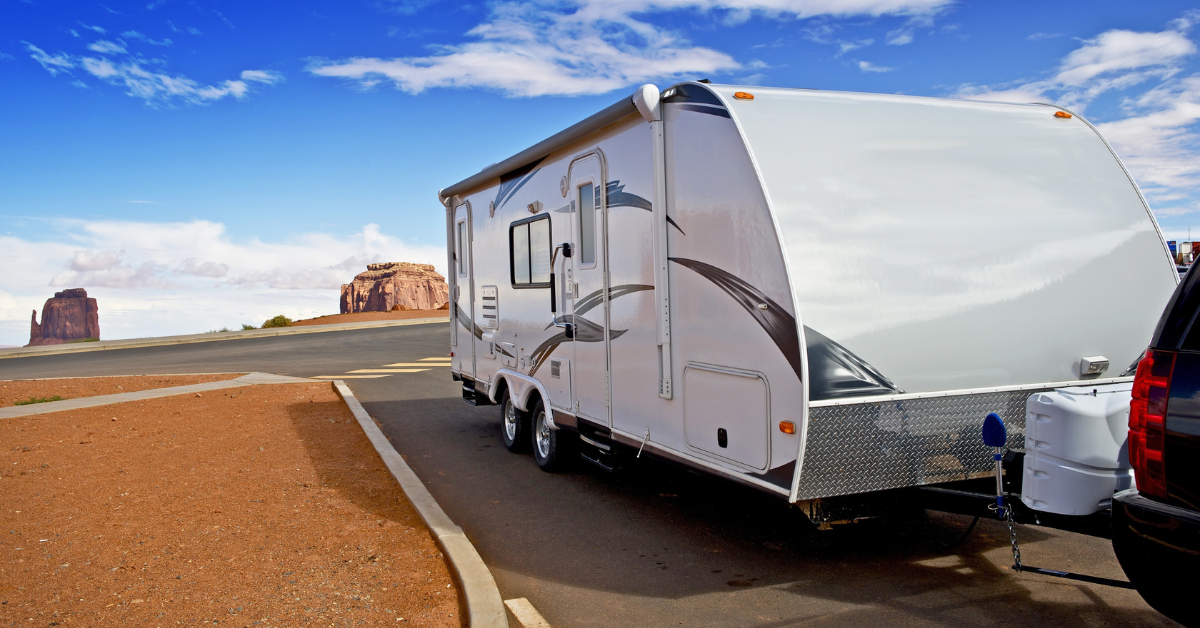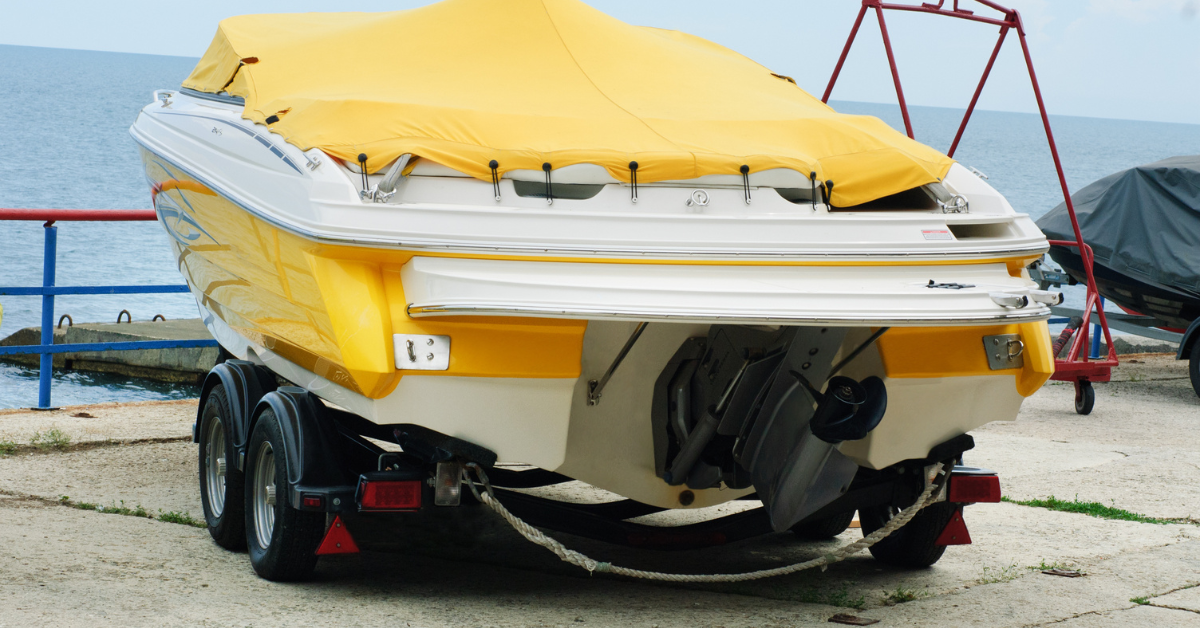Each year, powerful hurricane systems and storm systems leave a lasting impact on communities across the southeastern United States, including Florida and South Florida. The aftermath of a hurricane can bring widespread devastation — from storm surges and strong winds to extended rainfall that floods roads, homes, and entire neighborhoods. These natural disasters disrupt daily life, damage vital infrastructure, and test the resilience of countless families.
In times like these, Interstate Haulers, a trusted family-owned transportation company, stands ready to assist. For nearly three decades, we’ve supported disaster relief efforts by partnering with the Federal Emergency Management Agency (FEMA) and local governments to move essential housing, trailers, and equipment into affected areas safely and efficiently.
While emotional healing takes time, the path to recovery begins with preparation, steady action, and the support of dependable partners dedicated to helping communities rebuild — one delivery at a time.
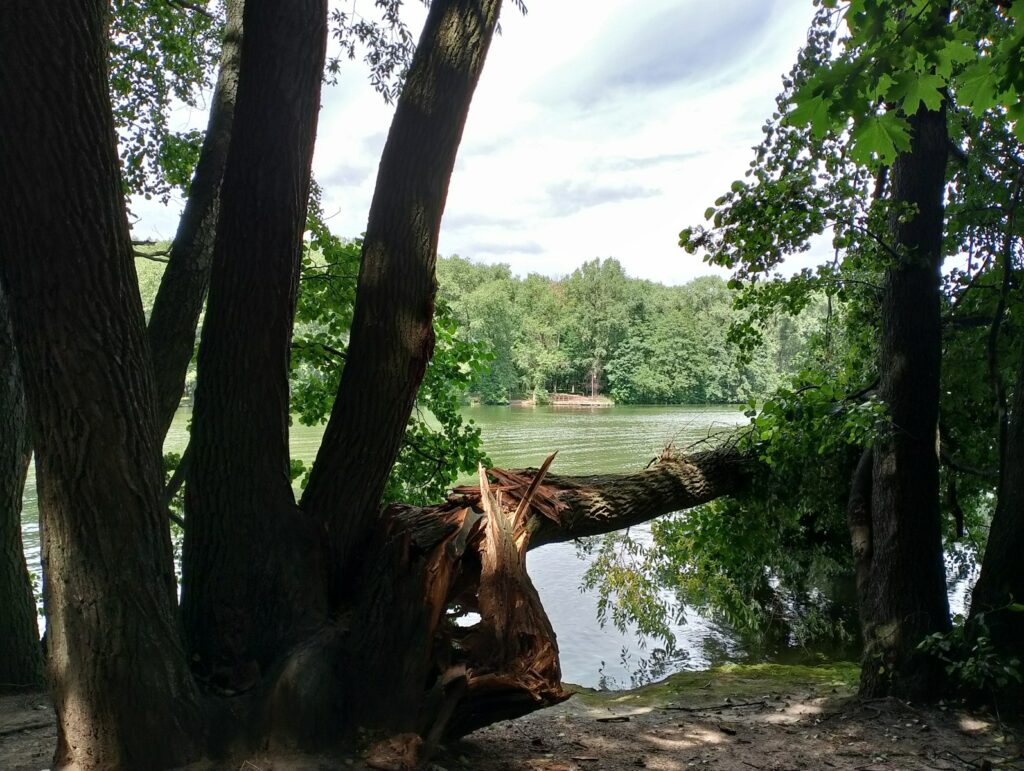
Photo by Natalia Kazarina on Unsplash
Understanding the Hurricane Aftermath
Once a hurricane passes, the immediate impacts become painfully clear. Widespread power outages can last for days or weeks. Washed-out bridges and road closures isolate communities, while downed trees and dangling power lines create dangerous obstacles. Many homes and buildings suffer structural damage, making them unsafe to enter.
Early reports from local officials and rescue teams often paint a grim picture of the damage, but they also signal the launch of massive relief efforts. It’s important for residents to listen to these officials. Basic utilities are often compromised. Cell towers may be down, limiting communication, and tap water can become contaminated. Until authorities declare it safe, you should avoid drinking tap water to prevent illness.
While you can’t stop a hurricane, you can take steps to storm-proof your property for the future. Strengthening your roof, installing hurricane shutters, and properly securing garage doors can significantly reduce damage. Trimming large trees near your home can also prevent them from falling and causing harm.
The Aftermath of Hurricane Helene — One Year Later
One year after Hurricane Helene made landfall, the storm’s aftermath is still visible across North Carolina, Georgia, and parts of South Carolina. The storm was a direct hit that left behind severe hurricane damage, subsequent flooding, and long-term challenges for both residents and infrastructure. Even after the skies cleared and the storm had completely passed, the true scale of the damage caused took months to uncover.
In the immediate aftermath of the hurricane, widespread rescue efforts saved countless lives amid dangerous conditions. Evacuation orders issued before landfall prevented even greater loss, but sadly, the death toll rose as communities along rivers and lakes in flooding zones experienced catastrophic surges of rain and debris. Roads were washed out, and families who had evacuated returned to find homes lost or beyond repair.
Today, many of those affected are still working to begin rebuilding, from repairing homes to restoring local businesses. The process has required both physical capability and emotional strength, as every cleanup effort serves as a reminder of what was lost — and what can be rebuilt stronger.
As recovery continues, communities are focusing on long-term fixes, such as reinforcing infrastructure and investing in strengthened roofs and storm-proof designs. Homeowners are also taking additional precautions by trimming nearby trees, sealing foundations, and maintaining emergency kits to better prepare for the next storm’s outer bands.
For individuals still dealing with flooding damage, the advice remains the same: avoid flooded roads, follow local guidance, and document everything for insurance purposes. Above all, take care of your health — wear protective gear, rest when needed, and eat food safely stored or prepared in clean conditions.
Hurricane Helene may have tested the Southeast’s resilience, but it also offered an example of how strong communities can unite after tragedy. Each step toward recovery brings new progress, proving that while the physical landscape can be rebuilt, the enduring spirit of those who weathered the storm remains unshaken.
Hurricane Clean Up & Safety Tips
As you begin the difficult task of cleaning up, your safety must be the top priority. Always wear protective clothing, including heavy-duty gloves and waterproof boots, to protect yourself from sharp debris and contaminated water. Be extremely cautious of loose tree branches that could fall or hidden, dangling power lines that may still be live.
Never attempt to drive or walk through flooded roads. The water can be much deeper than it appears and may hide washed-out sections of the road or other dangers. These areas can remain hazardous long after the storm has passed.
Your food supply is another critical area of concern. Keep all food supplies dry and throw away any food that may have been exposed to floodwater. When it comes to refrigerated items, remember the two-hour rule: perishable foods are generally unsafe to eat if they have been in a refrigerator without power for more than two hours. Taking photos of all damage before you begin cleaning is also vital for your insurance claims.
The physical and emotional toll of a major cleanup can be overwhelming. Pacing yourself and recognizing your limits is important. It’s okay to ask for help from neighbors, friends, or volunteer organizations. Your emotional healing is just as important as clearing the debris.
Disaster Relief and Recovery Efforts
In the wake of a major storm, a coordinated response is essential. The Federal Emergency Management Agency (FEMA) works alongside state disaster relief organizations to provide aid to the hardest-hit areas. Emergency shelters open to provide temporary housing, and relief efforts are launched to distribute food, water, and essential supplies to begin the process of rebuilding communities.
The road to recovery is long. Beyond the immediate cleanup, communities face larger rebuilding projects. This can include repairing flooded lakes and waterways, reconstructing roads and bridges, and rebuilding homes. This long-term recovery process requires a sustained effort from government agencies, private companies, and dedicated volunteers. Interstate Haulers plays a crucial role in this phase by transporting heavy equipment, temporary housing units, and other critical materials to disaster zones across the nation, ensuring the right resources get to where they are needed most.
Emotional Healing Takes Time
The physical damage from a hurricane is visible, but the emotional wounds can be just as severe. Families dealing with the loss of their homes and possessions face a difficult mental recovery. It is essential to acknowledge these feelings and seek support.
Connecting with your community can be a powerful source of strength. Lean on neighbors, join local support groups, and take advantage of counseling services offered by relief organizations. Staying connected with loved ones, even when you are displaced, can provide comfort and stability. As you begin to rebuild, set small, achievable long-term goals for restoring your home and life. Just like physical repairs take time, emotional healing is also part of the recovery process.
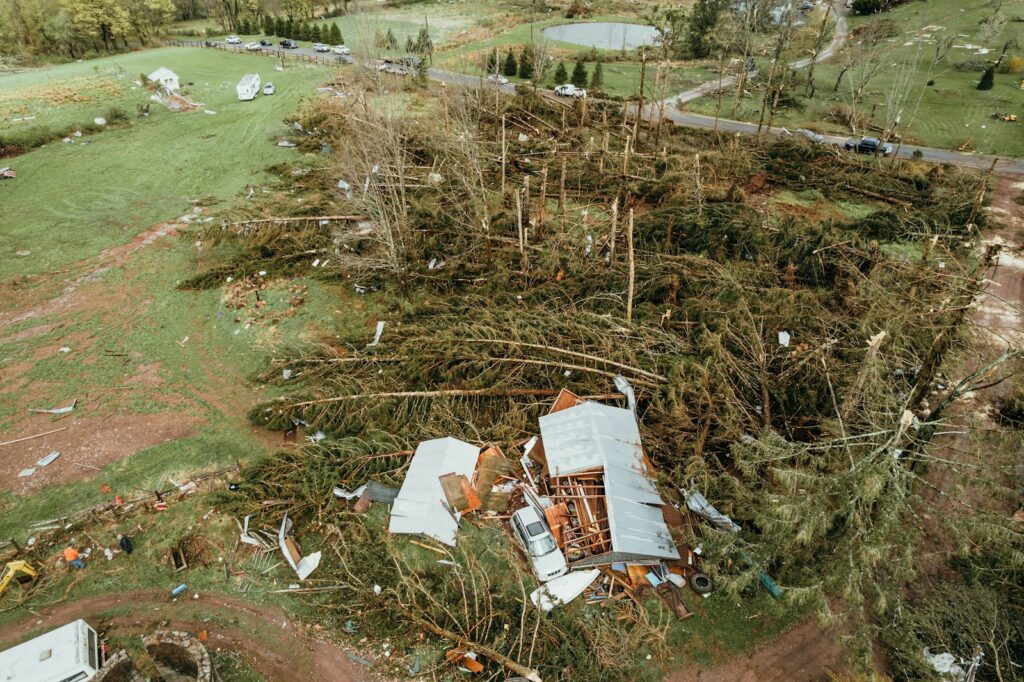
Photo by Clay Banks on Unsplash
Partnering with Interstate Haulers During the Recovery Process
Effective disaster response depends on efficient logistics. Interstate Haulers is proud to support federal, state, and local response teams by moving essential trailers, supplies, and equipment where they’re needed most. We work closely with disaster relief agencies, manufacturers, and industrial partners to provide emergency logistics solutions when every moment counts. Our experienced team can transport restroom trailers, temporary housing, heavy machinery, and other vital assets to help communities get back on their feet.
If your community or organization needs assistance transporting critical supplies, mobile housing, or equipment, visit our website to request help today. We are ready to be your partner in the recovery process.
Healing From The Hurricane Aftermath | Resources You Need To Know
The storm has passed, but the journey to recovery is just beginning. Healing from hurricane damage requires patience, resources, and the right support network.
Understanding the Recovery Process
Hurricane recovery isn’t just about rebuilding structures — it’s about restoring lives, communities, and hope. The aftermath brings unique challenges that can feel overwhelming, but understanding what lies ahead helps you navigate this difficult period.
For nearly 30 years, Interstate Haulers has witnessed countless communities rise from hurricane devastation. We’ve transported emergency housing, generators, and essential supplies to help families restart their lives. Here’s what you need to know about the healing process.
10 Essential Resources for Hurricane Recovery
1. FEMA Disaster Assistance
Apply for federal aid to cover temporary housing, home repairs, and personal property replacement. Visit DisasterAssistance.gov or call 1-800-621-3362.
2. American Red Cross Recovery Services
Local chapters provide shelter, food, emotional support, and help connecting with family members separated by the storm.
3. Salvation Army Disaster Relief
Offers immediate aid, including mobile kitchens, hydration stations, and cleanup assistance in affected areas.
4. Insurance Documentation Support
Contact your insurance company immediately. Document all damage with photos and keep detailed records of expenses.
5. Small Business Administration (SBA) Disaster Loans
Low-interest loans are available for homeowners, renters, and businesses to repair or replace damaged property.
6. Local Emergency Management Offices
Your county’s emergency management office coordinates recovery efforts and connects residents with available resources.
7. Volunteer Organizations Active in Disasters (VOAD)
Faith-based and community organizations providing cleanup crews, supply distribution, and long-term recovery planning.
8. Mental Health Crisis Counseling
The Substance Abuse and Mental Health Services Administration (SAMHSA) offers crisis counseling and support groups.
9. Utility Company Emergency Services
Contact your electric, water, and gas companies to report outages and schedule reconnection services safely.
10. Community Recovery Centers
Temporary locations where multiple agencies coordinate to help residents access various forms of assistance in one place.
The Road to Recovery Takes Time
Hurricane recovery happens in phases, from immediate safety needs to long-term rebuilding. Every family’s timeline is different, and setbacks are normal.
Remember: Asking for help isn’t a sign of weakness — it’s a crucial step toward healing.
Supporting Your Community’s Recovery
Interstate Haulers continues supporting disaster recovery nationwide, transporting FEMA trailers, temporary housing, and emergency equipment when communities need them most.
Whether you need emergency housing transported to your area or equipment moved for recovery efforts, we’re here to help rebuild lives and restore hope.
Visit InterstateHaulers.com to learn more or request assistance with disaster recovery transport services.
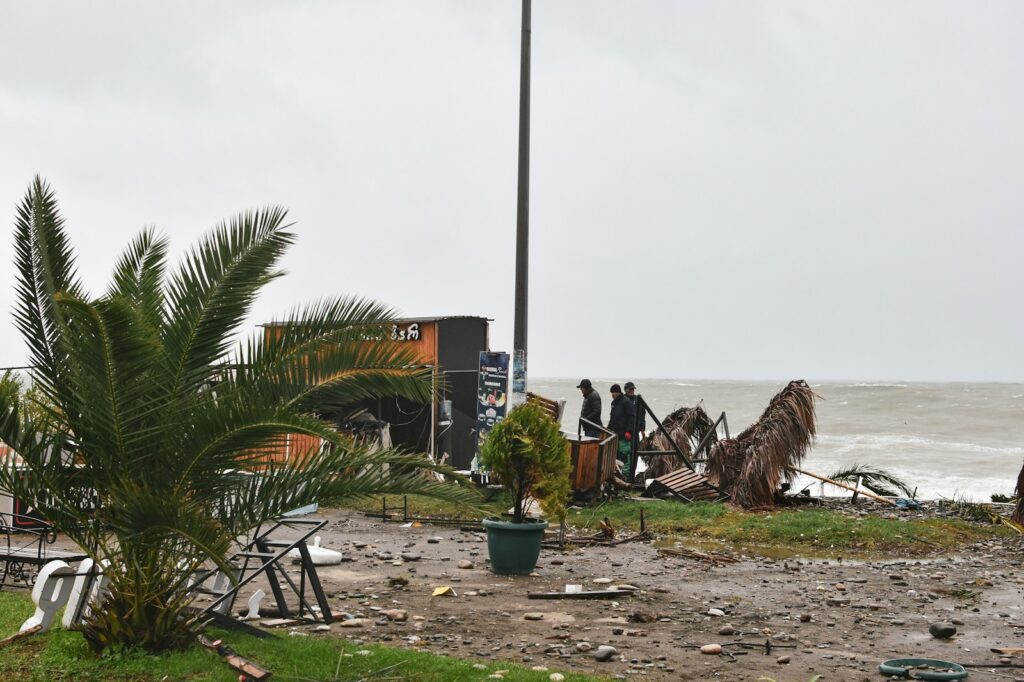
Photo by Artem Makarov on Unsplash
Rebuilding Together After a Natural Disaster
The resilience of our communities shines brightest in the face of adversity. Hurricane clean-up is the first step on a long journey of recovery, but it’s a journey we take together. By supporting one another and remaining prepared for the future, we can overcome the challenges left behind by any natural disaster. With each step forward, we reaffirm our collective strength. Together, we can rebuild stronger—one delivery, one community, one family at a time.

